Richard Bigg, founder of Camino and Bar Rioja.
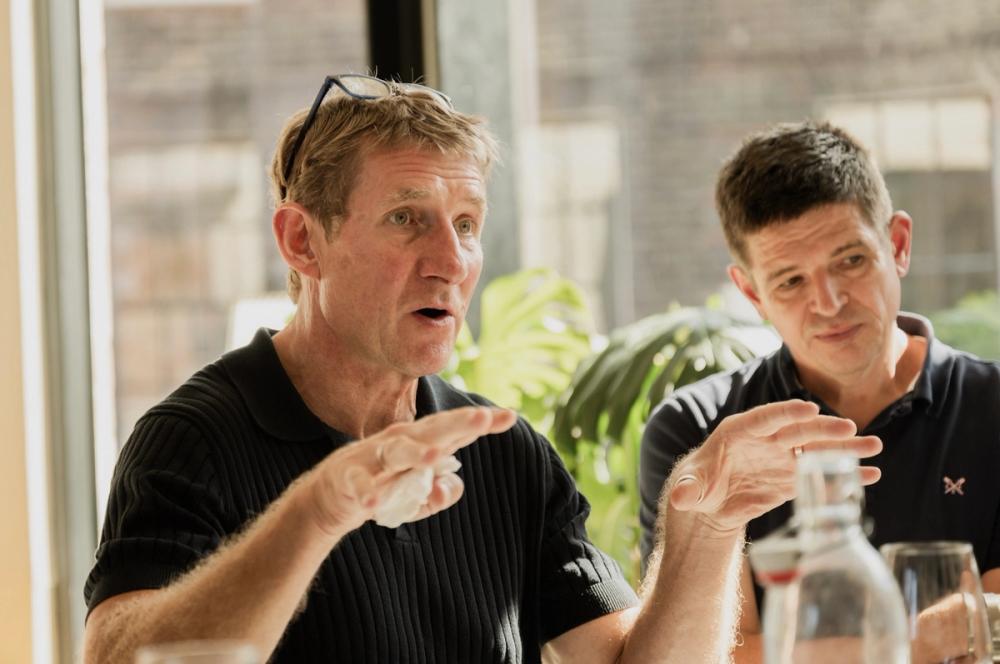
What was your perception of Rías Baixas and the diversity of the Albariño wines it produces before the event?
That it is a solid, reliable source of very decent white wines with a point of difference, and arguably leading the way in terms of a Spanish white category. Seen on so many wine lists now and certainly not just in Spanish restaurants but also pub menus.
Did that change during the debate and tasting and if so why?
What really came across was the range of wines from the popular mainstream styles that deliver what most of us might expect, to surprisingly deep, intriguing and excellent lees-aged examples.
What do you think are the big opportunities for Rías Baixas as a region and for its Albariño wines?
In a sentence, stake your claim as the pioneers! Many regions and countries are now jumping on the Albariño bandwagon, and if produced in regions such as Rueda then it will simply be unlikely to have all the characteristics that make wines from the original Albariño-producing region stand out.
Any issues it needs to confront or build on?
The main issues (apart from the variable climatic ones) will be increased competition from elsewhere. Where it needs to build is emphasising its quality and OG status. There is Albariño, but then there is Rías Baixas Albariño!
Anything else to say?
I think there is a big opportunity to build on the wine-travel opportunities. I’ve been to the region a few times and whilst the weather is certainly unreliable, when the sun shines it is stunning. And the landscape regardless of the weather is spectacular, with famous places like Santiago at the end of the camino a must. The coastal areas are unique and very special with stunning white sandy beaches too.

Food and wine matching is key for Rías Baixas says Richard Bigg
The wine-food matching is also sublime. The region is known for its incredible seafood, regarded by many as the best in Europe if not the world, and Albariño works magically with these fruits of the sea. And whether raw, steamed or grilled there is a style of Albariño that will match perfectly. And be sure to try the glorious percebes!
Albariño with significant bottle age can be extremely impressive. The Spanish are not the greatest at marketing, but they have something very special here from this region and should be immensely proud of it and shout about it.
The reds. The one we tried was terrific. Gorgeous delicately heady aromas, a lovely gentle body with a trendy lighter touch, but with a significant palate. As a region which I understand used to produce largely red wines, surely this could be another string to the Rías Baixas bow. Bring them back and give the region a further boost.
Regine Lee, managing director, Indigo Wines

What was your perception of Rías Baixas and the diversity of the Albariño wines it produces before the event?
As Indigo is a Spanish specialist importer, I knew going in that Rías Baixas Albariño has an amazing quality and diversity. It has also been interesting to see that Albariño has become a staple listing on wine lists of premium quality restaurants now.
I have a customer that does high end Japanese food, and they always have an Albariño listing, of which they like to swap in different styles. That shows how much of an awareness that it has amongst the trade and consumers.
I agree with the comment from Peter Mitchell at Jeroboams, though, in which he says it has not yet the reputation to rival the very top wines in the ultra fine-wine broking field. There is some potential there that has not quite been tapped.
Did that change during the debate and tasting and if so why?
It was really interesting to hear a variety of perspectives from around the trade, but also realise that we agree with a lot of what each other said. Tasting-wise, we agreed that there were clear regional and stylistic differences, and that the most successful examples of the premium styles showed restrained use of oak or no oak at all.
What do you think are the big opportunities for Rias Baixas as a region and for its Albariño wines?
There are so many opportunities for Rías Baixas Albariño. Firstly, it has great brand awareness already. Consumers enjoy its freshness, lowish ABVs and its crisp flavours, as well as its easy to pronounce name.
It seems to hit a segment of consumers who enjoy wine and want something just a bit different from the usual Chardonnay and Sauvignon Blanc, etc., in the same way that Picpoul has become so popular.
It also has an advantage of being a single varietal wine, which also makes it easy for consumers to understand, and indigenous to the region which gives it a further point of difference.
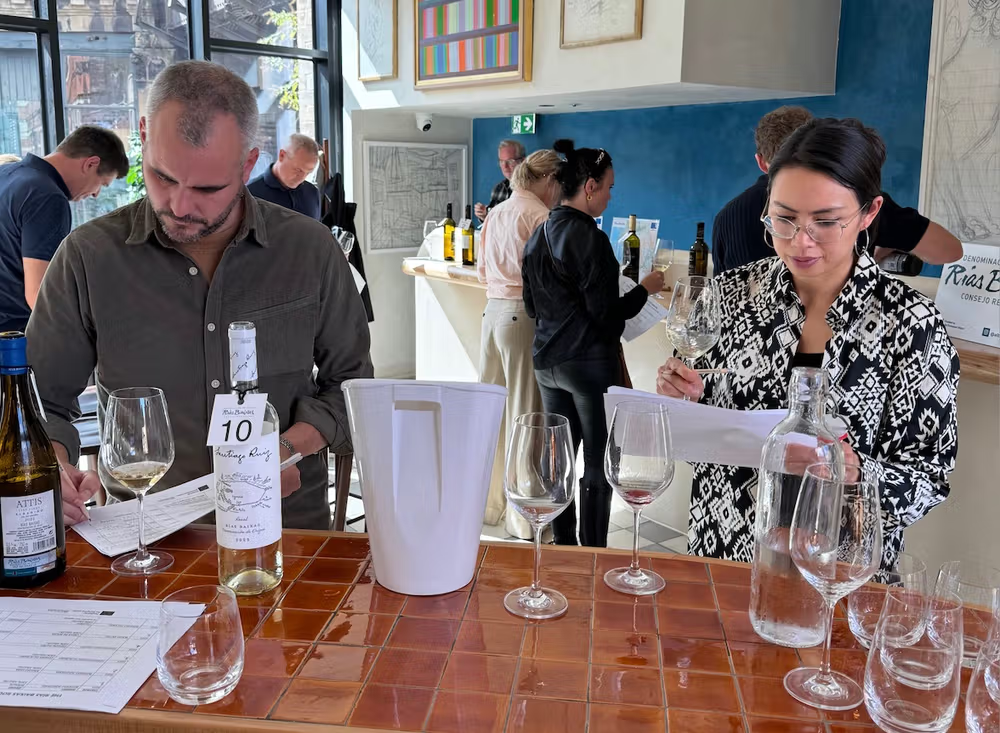
Albariño also has some inherent qualities that make it so appealing – its high, fresh acidity, flavourful/phenolic skins, ability to pick up saline/savoury notes, ripeness at low ABVs, and its ability to wear different guises. It works well with a variety of foods and is suited to modern, lighter and seasonal ingredient-led cooking.
I think the major opportunity is for producers to further push it to be considered as an ultra-premium grape. We work with Zárate and Nanclares, who make premium wine of the best quality, but there is a lot of scope for the category to grow further led and pushed by top-flight producers.
Perhaps additional investment, more focused marketing, and consumer/ trade outreach is needed. Many regions succeed first through the work of visionary producers (see: the Catenas, Mondavis, Henschkes etc.).
We can all see that the future of Rías Baixas Albariño is not to compete with the high volume/low price categories, given the grape prices, fragmented producer market and the cost of production. So quality is where the focus needs to be.
There is also the other option of a producer-led quality/region classification as they’re doing in Bierzo. But the downside is that it will likely take quite a long time for this to be developed and eventually for consumers to be aware of the differences.
We talked about other producers planting Albariño in other regions globally. And I think that’s a good thing. There’s opportunity to grow the whole Albariño pie through even greater awareness of the grape variety.
Ophelia Hirst, logistics and assistant buyer at Lea & Sandeman
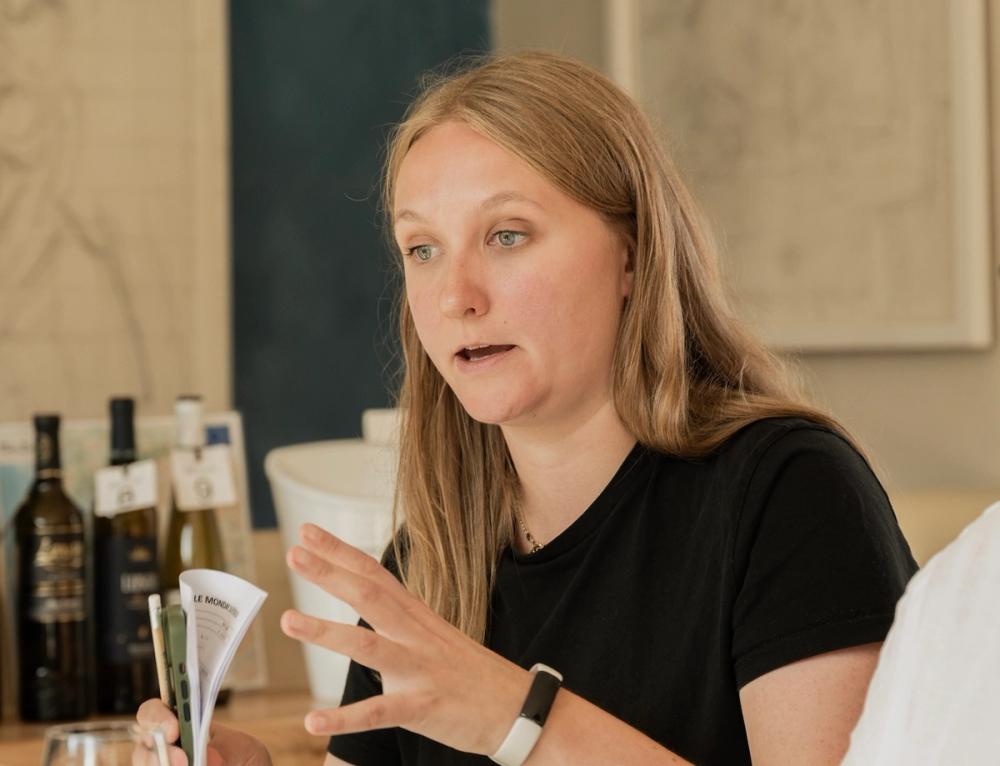
What was your perception of Rías Baixas and the diversity of the Albariño wines it produces before the event?
My perception of Albariño was that it had the ability to produce wines both of interest and pure drinkability and pleasure. The diversity available is interesting and worth exploring further, particularly with longer lees aging, less so with oak aging in an attempt to promote a ‘premium’ product.
What do you think are the big opportunities for Rías Baixas as a region and for its Albariño wines?
It would be good to see more experimenting with various lees aging. I think harnessing the mineral and saline streak is also more interesting too, rather than focusing on the soft peachiness that can become ubiquitous and quite boring, thus making the wines feel quite mainstream.
I think a larger push for tourism would help enormously as it’s quite off the beaten track at present. If tourists could go out there, try the local wines in situ, then bring those stories home, that would help.
Any issues it needs to confront or build on?
Adding excessive oak on to some products in a range to make them more ‘premium’ just doesn’t work. It is especially jarring with the varietal characteristics of Albariño.
Libby Brodie, wine writer, columnist for City AM
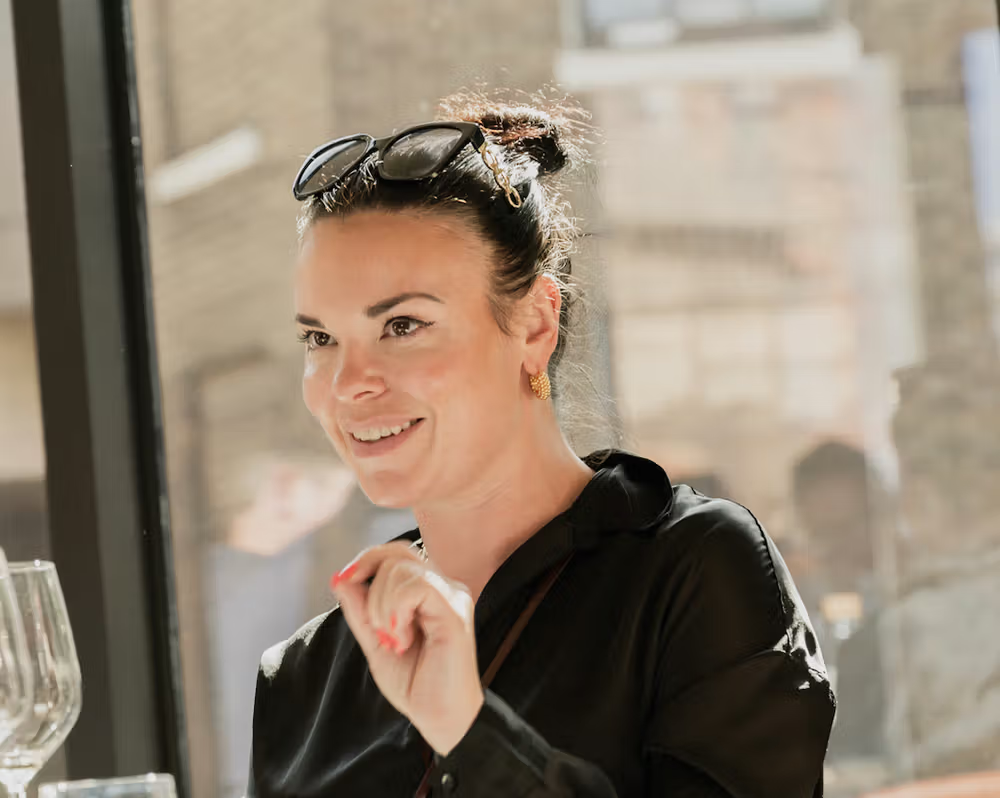
What was your perception of Rías Baixas and the diversity of the Albariño wines it produces before the event?
I had luckily visited the region before and worked with them so I knew about Albariño diversity and food-friendly qualities already.
Did that change during the debate and tasting and if so why?
I found listening and talking to the wine merchants on the panel interesting, particularly their views on sparkling, with some feeling it would be an excellent direction for Albariño, and the opportunity to make Albariño a premium style of wine. I hadn't considered it as an expensive or premium wine. For me, Albariño is a fairly safe bet.
What do you think are the big opportunities for Rías Baixas as a region and for its Albariño wines?
Sparkling. I think the grape makes excellent traditional method sparkling and I'm surprised we don't see more of it here. It does sound like more producers are looking at sparkling and to make more of the fresh, elegant styles with the ability to have those generous stone fruit notes with crisp salinity. It works so well.
The fact it is so food friendly is also a huge win for the wine and region - especially given the consumer palate is turning towards more white wines thanks to the rise of vegetarians and vegans.
Any issues it needs to confront or build on?
Spanish wine still isn't seen as premium as Italian or French wine - I think Rías Baixas could be one of the ways that changes. It has the potential for such versatility and such elegance.
Marc Patch, managing director, GM Drinks

What was your perception of Rías Baixas and the diversity of the Albariño wines it produces before the event?
Albariño can be mistakenly seen with limited diversity, especially given the price starting point, however this region has the potential to keep evolving and bring significant steps in diversity through demand.
Did that change during the debate and tasting and if so why?
It’s interesting to hear everyone’s perception on a region that has so much potential. The topic of ‘what next’ for this sexy region adds to a debate to what can keep the region current, fresh and exciting.
What do you think are the big opportunities for Rías Baixas as a region and for its Albariño wines?
Rías Baixas is bucking the trend in an overall declining market in both the on and off-trade. Evolution will be important as trends and buying habits are changing quicker than ever before but the power of Albariño from Rias Baixas has the ability to provide stability in an over competitive market place.
Any issues it needs to confront or build on?
It needs to hold a price point that mirrors the quality. We don’t want to face another Cava situation where price determined the space, quality and eventually its demise into a value product that people quickly fell out of love with.
Luis Gamiz Fernandez, Spanish wine buyer for Indigo Wine
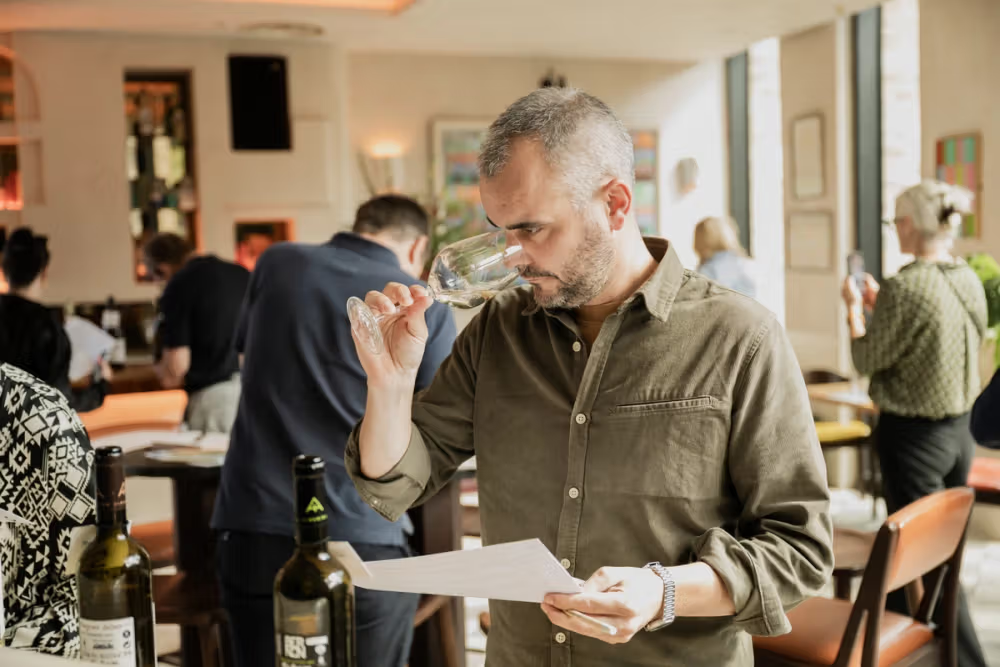
What was your perception of Rías Baixas and the diversity of the Albariño wines it produces before the event?
My perception on Rías Baixas and its diversity was already very positive. One of the leading Spanish regions in terms of quality when it comes to white wines. Albariño is a grape capable of making superb, age-worthy wines and the region is in a great place in terms of popularity amongst wine consumers.
There is a lot of potential to focus on showcasing the typicity of its subregions and focus on identifying the best growing areas and parcels.
I think there is also great potential for its red wines to capitalise on the great reputation of their whites wines. The style of their red wines is also in line with the "lighter reds" and more drinkable trends we are seeing in the market for red wines.
Did that change during the debate and tasting and if so why?
It was interesting to see how other people perceived the grape and the region, as a source of very good quality white dry wine, which is popular because of its good quality/price ratio. It was also interesting to hear how some people see a future on their sparkling.
What do you think are the big opportunities for Rías Baixas as a region and for its Albariño wines?
In my opinion Rías Baixas needs to follow the example of other wine regions in Spain like Priorat or Bierzo and focus on explaining to the consumer the differences between their subregions, their soils and climates. It will be important for them to define their best areas and vineyards, establishing a classification that is clear and provides better understanding of the different levels of quality.
With the price of Albariño grapes at their highest in history and, thanks to its farming conditions, I can only see them succeeding if the focus on quality and regionality continues.
Any issues it needs to confront or build on?
Try not to die from their own success. We have seen what happens to areas where they focus only on volume like Rueda, pushing yields, focusing on more productive clones and allowing plantings on lesser quality areas not suitable to making high quality wine. They need to lead and be at the forefront because they have the potential to be the leading region in Spain in terms of high quality still white wine.
* You can read the first article on the debate here.
* You can find out more about the region at its website here.


































